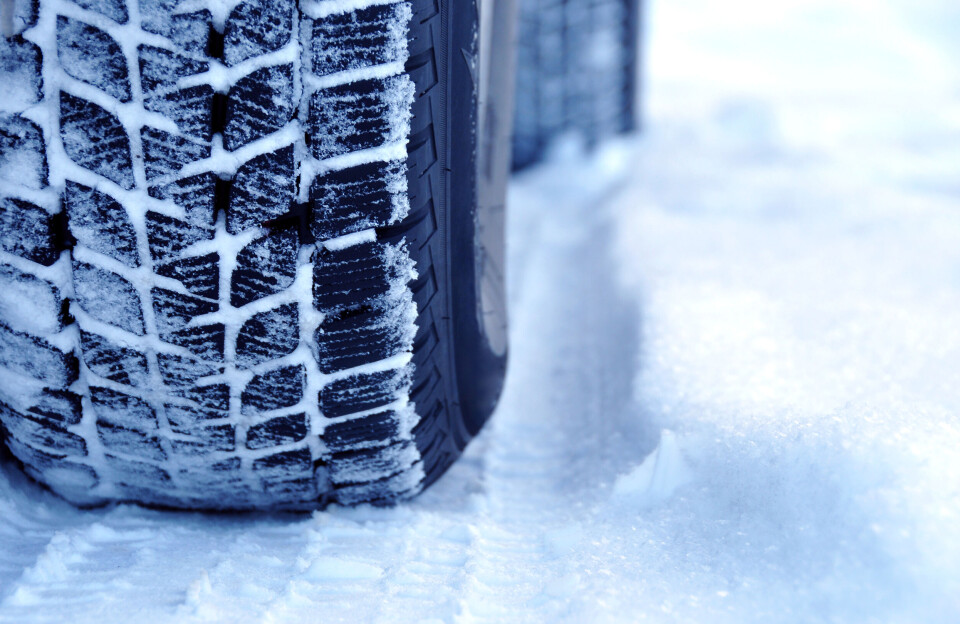-
Free fraud service for UK homeowners living in France
Owners are encouraged to sign up for a free monitoring service from HM Land Registry to reduce risk
-
New civic tests for foreigners in France launch amid criticism
Applicants for some types of residency cards must now take 45-minute test
-
Workers in France can take 17-day break using only eight days of leave in 2026
Favourable calendar for public holidays makes extended May break possible, with five guaranteed long weekends throughout year
Mandatory winter tyres in France: key details to look out for
From November 1, all cars driving along certain roads in 48 mountainous departments will have to be fitted with winter tyres or snow chains. We help you prepare

All drivers – whether residents or visitors – travelling through certain areas of 48 French departments will from this year be obliged to fit their vehicles with winter tyres or snow chains.
This comes as part of the 2016 Loi Montagne 2, which requires vehicles in mountainous regions to be properly equipped for snow and ice from November 1 until March 31, starting this winter.
The departments concerned stretch across the Alps, Pyrenees, Massif Central, Jura, Vosges Massif and Corsica, where authorities have been charged with creating a list of the towns and villages where the obligation will apply.
Some departments have already published these details, and you should check the website of your local prefecture for further information.
Vehicles such as cars, camper vans and vans can either use four winter tyres or, failing this, carry fabric or metal snow chains in their boot.
Those who ignore the requirements set out in the Loi Montagne 2 could face a €135 fine.
Read more: New winter tyre rules take effect on some French roads from November
Read more: Where in France will snow tyres be mandatory under new November law?
How do I know whether I have the right tyres?
Winter tyres have a structure and tread which are specially designed to perform better in rainy, icy or snowy conditions. So, a car equipped with these tyres has a stopping distance of 4m less when travelling at 80km/h on a wet road.
Winter tyres can be identified by a “M+S”, “M.S” or “M&S” (‘Mud and Snow’) marking on the sidewall, although these versions will only be accepted until November 1, 2024. The “3PMSF” (Three Peak Mountain Snow Flake) sign is also a universally accepted industry standard.
If you cannot see either of these symbols, the tyres are not suitable for winter use.
Where can I buy winter tyres?
You can buy winter tyres online or in person from a range of different manufacturers, on whose websites you can compare your different options.
How much should I expect to pay?
Lower quality 205/55R16 winter tyres for smaller cars like hatchbacks begin at around €60 per tyre, although mid-range versions come in at approximately €80. Higher quality options may cost up to €130-140.
Tyres for bigger vehicles, from SUVs to vans and trucks, will often cost more.
Although more expensive than their standard equivalents, winter tyres are said to last longer.
Snow chains are cheaper, and may be a better option for those who only infrequently visit mountainous areas. Prices range from €20-€100.
How do I fit my car with its winter equipment?
Winter tyres are fitted in the same way as standard tyres, and many garages will do this for you.
To fit regular snow chains, you must first know the dimensions of your tyres. After untangling the chains, loop them behind the tyre and clip them together at the top, pushing the clasp back into the wheel arch. Then hook the chains together at the top and bottom of the tyre and drive your car forward a few metres to check that everything is fastened securely.
For further instructions, you can consult an online or video tutorial.
Please note that some cars cannot be fitted with chains. This information can be found in the vehicle handbook.
























